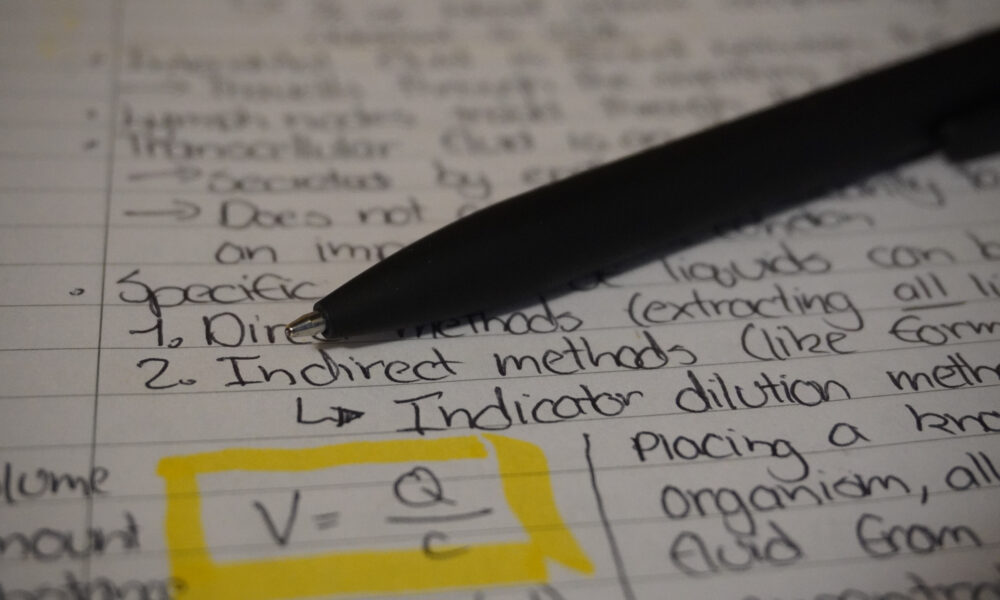Paper notebooks are making a comeback. A glance around one of McGill’s overcrowded lecture halls reveals the sheer number of people writing on one of those studio notebooks from Dollarama. Some might even gravitate towards the beautiful but ostentatious Moleskine journals. One may have even taken a class where the professor prohibited the use of laptops for note-taking. The argument educators use to encourage their students to ditch the screen normally goes the following way: Humans can type much faster than they can write. Consequently, students who opt for laptops during lectures tend to write notes from what professors say verbatim. This is detrimental to the learning process because a key component of retaining lectures entails synthesizing the material in one’s own words, which is particularly difficult to achieve using laptops. What’s more, laptops foster inattention because of the ease with which one can browse the internet as soon as the lecture gets boring. This inattention and internet use in class correlates to poor performance on final exams.
The general consensus is that laptops are not ideal modes of note-taking, but what about iPads or one of those fabulous tablets such as Remarkable? Do these options truly offer an advantage over laptops?
Tablets and styluses are preferable to laptops, as the tangible motion of writing is proven to be better for retention than typing; however, they are not as beneficial as writing on paper. Old-fashioned paper note-taking offers an added benefit that screens do not—its physicality. The physical act of putting lead to paper triggers more potent brain activity compared to screens. A 2021 study by University of Tokyo Professor Kuniyoshi L. Sakai demonstrated how writing on paper leads to improved memory an hour after a lecture because of the uniquely complex tactile and spatial information that notebooks have. Physical paper has a palpable presence that tablets lack. Screens do not have a perceptible position in our spatial world—instead of tangible pages we are left with an endlessly scrollable screen; the notebook’s corners are not folded, and digital notes disappear into the elusive ‘cloud’ as soon as students close the app.
Paper notes elicit a particularly strong brain response in areas associated with language learning, imaginary visualizations, and creative endeavours. For this reason, many musical artists choose paper as their preferred medium for creative work. In a recent interview, pop sensation Charli XCX revealed that she wrote the entirety of Brat using a paper notebook, whereas she used the Notes app on her iPhone for her previous songwriting. Some might argue that the decision to write the album entirely on paper contributed to the creative process behind Brat, which many consider her most accomplished work to date.
We live in a digital era where large tech companies are constantly fighting to get a hold of our attention. Being bombarded by notifications 24/7 already makes it incredibly difficult to concentrate, so why bring screens to the classrooms when we can opt for pen and paper? We tend to associate screens with entertainment and socializing, making such devices inconducive to learning. As scholar Maryanne Wolf points out, our brains react very differently to screens versus paper, not only while taking notes, but also while reading. When we read on screens, we do so to acquire data and information, but not for the purpose of deep comprehension. This is where the power of paper lies. Paper pushes us to understand and grapple with difficult questions in ways that screens cannot, because we are forced to give our undivided attention to the physical text.
As university students we have a responsibility to use our education for the betterment of ourselves and society, but we can only reap those benefits to the full extent if we engage with the material we learn in the classroom thoughtfully. Paper can help us do that.





